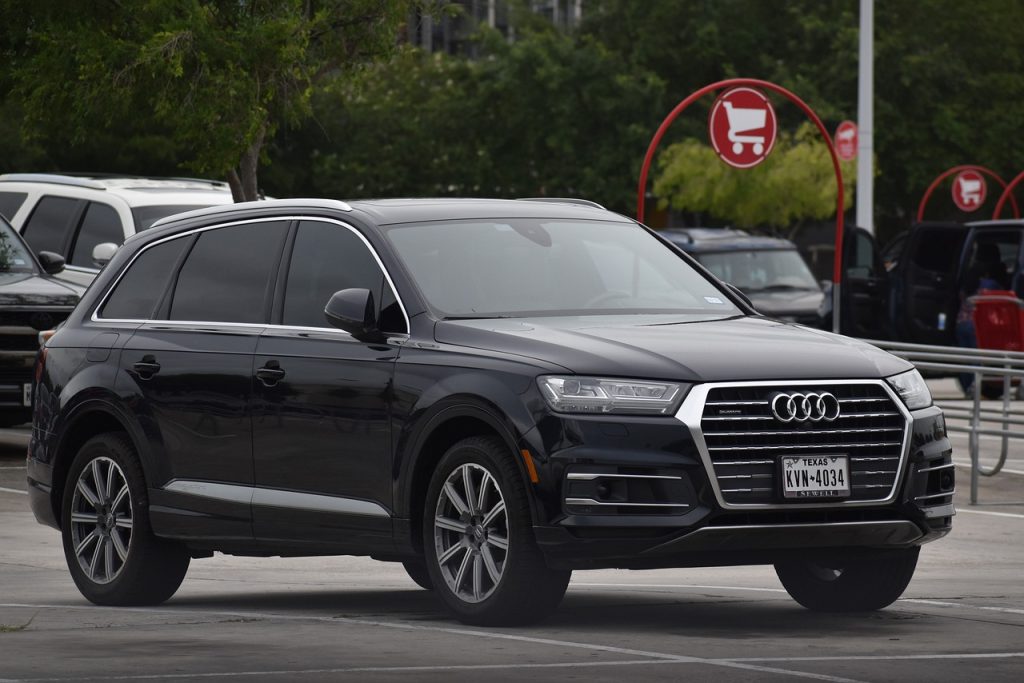Window tinting is a popular option for both cars and buildings because it combines practical advantages, seclusion, and aesthetic appeal.
It is essential to comprehend the many kinds of window tint films in order to optimize these advantages.
From ceramic to colored, each variety offers special qualities catered to particular need, such as shatter resistance, improved privacy, or UV blockage.
This tutorial examines the many window tint films on the market to assist you in selecting the one that best meets your needs.
The first step to getting the best outcomes, regardless of your preference for high-end performance or cost-effectiveness, is understanding your options.
Dyed Window Tint Film
Among all the available types of window tints, dyed film is the simplest and cheapest one.
It is produced when dye is sandwiched between an adhesive and protective polyester topcoat.
This film category is really good at minimizing light and stopping a portion of ultraviolet radiation; so it makes your glass look more like a muted sheet rather than mirror.
In comparison to some other window tinting options, dyed versions block heat at lesser degree and can wear out gradually under too much sun.
Dyed window tint is still favored by many individuals because they consider it an inexpensive way to enhance privacy as well as reduce reflected light.
Metalized Window Tint Film
In metalized window tint film, small metallic pieces exist throughout the film, acting as both sunshade and thermal shield.
This therefore suggests that this type of tinting reduces the amount of heat that gets into your car or house so well.
Apart from making the window stronger, it adds one more level of breaking resistance to it.
Furthermore, as a means of enhancing privacy, this kind of film seems to hold a bit more shiny and reflecting look due to the metals inside it.
One of the drawbacks of this is that it could affect electronic devices like GPS and mobile phones.
Whereas metalized window films are often chosen over dyed films despite being more expensive due to their better heat rejection properties as well as increased strength period.
Hybrid Window Tint Film
Hybrid Window Tint Film is a perfect compromise between dyed films and metalized films thus making sure that both performance and appearance are taken care of.
Through combining dyed layers with metalized chips, it provides a better way of addressing glare and heat but not with similar shininess amounts that come with pure metallic films.
The mixing of these chemicals makes paint resistant to the sun, longer lasting, and less likely to affect gadgets.
Both car and home owners like this type of material because it prevents their vehicles or houses from exposing them to UV rays though it still looks good.
These films come at an average price which ensures that it serves your purpose for a long time.
Carbon Window Tint Film
Carbon window tint film is known for its high-performance and sleek appearance.
It contains carbon particles that effectively block infrared light, reducing heat and keeping interiors cooler.
Unlike dyed films, carbon tint doesn’t fade over time, ensuring long-lasting performance.
It provides excellent UV protection, reducing sun damage to your vehicle or home’s interior.
Additionally, carbon tint has a matte finish, which reduces glare without the shiny appearance of metalized films.
Though more expensive than dyed or hybrid films, carbon window tint offers a balance of durability, heat reduction, and aesthetic appeal, making it a preferred choice for many users.
Ceramic Window Tint Film
Ceramic tint film is a great selection to make because of its superior performance and clarity.
It blocks as much as 99 percent of UV rays, as well as large amounts of infrared heat due to the use of non-metallic or non-conductive ceramic particles.
By doing so it maintains cool temperatures inside and protects against the harmful effects of the sun.
Metallic films do not interfere with electronic signals either like ceramic tints do hence; there is no problem while using GPS devices on them at all.
Day and night alike, you can see clearly through it while still reducing glare considerably.
At the same time ceramic window film costs more than other films but it lasts longer without fading.
Besides, it offers better protection against ultraviolet radiation and more effective heat rejection together with optical clarity.
Crystalline Window Tint Film
Crystalline window tint film is an advanced, high-performing choice for users who cannot stand hot temperatures without necessarily having their vehicles appear darkly colored or mirrored.
By applying multilayer optical film technology, the film can stop 97 percent of infrared rays and 99.9 percent of UV rays as a way of maintaining its uncolored nature.
It is designed for people who prefer their cars looking like they were never tinted despite reducing heat and protecting them from harmful sun rays.
Given its topnotch quality, this Crystalline tint is hard to find. Yet many consider it top notch regardless of the price tag it comes with.
Conclusion
Choosing the right window tint movie is important for optimizing your car or home’s comfort, privacy, and power performance.
From cost-effective dyed films to high-performance ceramic and crystalline alternatives, each kind offers specific benefits tailored to distinct needs and budgets.
Understanding the characteristics and advantages of every tint kind helps in making an informed choice.
Whether you prioritize UV safety, warmth discount, or keeping sign readability, there’s a tint film ideal for your unique requirements.
By carefully deciding on the suitable window tint, you could beautify your area’s functionality and aesthetics while taking part in long-lasting advantages.
Written by Health Contributor Sandra Krol


